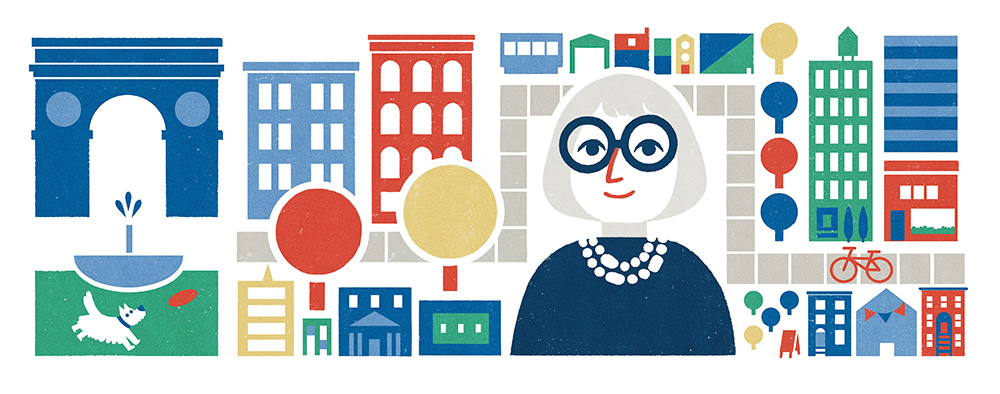"You don’t listen to the science because you are only interested in solutions that will enable you to carry on like before"
-- Greta
Observations of a Non-Scientist Regarding Planet Earth
“Of note, having a strong sense of life purpose has long been postulated to be an important dimension of life, providing people with a sense of vitality motivation and resilience.
Nevertheless, the medical implications of living with a high or low sense of life purpose have only recently caught the attention of investigators.
The current findings are important because they may open up new potential interventions for helping people to promote their health and sense of well-being.”
No matter what your age, then, it’s worth thinking about what gives your life meaning.”
- “A 2009 study of 1,238 elderly people found that those with a sense of purpose lived longer.
- A 2010 study of 900 older adults found that those with a greater sense of purpose were much less likely to develop Alzheimer’s disease.
- Survey data often links a sense of purpose in life with increased happiness.
Read More:
Find out what kinds of things people say give their lives meaning.
Here’s an exercise for increasing meaningfulness
And a study finding that feeling you belong increases the sense of meaning.
The study was published in the journal Psychosomatic Medicine (Cohen et al., 2015).
A sense of purpose in life
Link: http://www.spring.org.uk/2015/12/here-is-why-a-sense-of-purpose-in-life-is-important-for-health

Jacobs made four basic recommendations for successful neighborhoods: a street or district must serve several primary functions; blocks should be short to make the pedestrian feel comfortable; buildings must vary in age, condition, and use; and population must be dense. Hudson Street—unplanned in contrast to the grand housing developments of urban renewal—was a perfect example of diversity and strength in numbers, what Jacobs referred to as “eyes on the street.” Whether neighbors or strangers, people are safer in dense areas because they are almost never alone.Jane also became a touchstone for architectural preservationists; again Flint, writing about the Penn Station battle:
Jacobs was leery of the idea of trying to freeze a neighborhood in time and put it under a kind of museum glass, but she did object to the wanton demolition of historic buildings. ...But the demolition was a turning point, as it forced many New Yorkers to recognize what Jacobs was saying: that new was not necessarily better, and that there was value—human and cultural capital—in the built environment that already existed around them.
Jacobs was leery of the idea of trying to freeze a neighborhood in time and put it under a kind of museum glass, but she did object to the wanton demolition of historic buildings. ...But the demolition was a turning point, as it forced many New Yorkers to recognize what Jacobs was saying: that new was not necessarily better, and that there was value—human and cultural capital—in the built environment that already existed around them.But her words are an anathema to many in the so-called market urbanist school, who see all of this preservation of older buildings as an impediment to development; as Steve Waldman explains, these market urbanists...
...argue that cities should eliminate restrictive zoning and other regulatory barriers to development, then let the free-market create housing supply. In a competitive marketplace, high prices are supposed to be their own cure. Zoning restrictions, urban permitting, and the de facto capacity of existing residents to veto new development are barriers to entry that prevent the magic of competition from taking hold and solving the problem.Which is where we are today, with economists like Ed Glaeser, Ryan Avent and writers like Matt Yglesias and Alex Steffen persuading many that Jane Jacobs was wrong, and Felix Salmon defending crappy towers filled with rich people by saying "Better we have a living city with a couple of less-than-perfect buildings, than a stifled one governed by nostalgists and Nimbys." Glaeser has written that "An absolute victory for Jacobs means a city frozen in concrete with prices that are too high and buildings that are too low."
[Businesses] that support the cost of new construction must be capable of paying a relatively high overhead. If you look about, you will see that only operations that are well established, high-turnover, standardized or heavily subsidized can afford, commonly, to carry the costs of new construction. Chain stores, chain restaurants and banks go into new construction. But neighborhood bars, foreign restaurants and pawn shops go into older buildings. Supermarkets and shoe stores often go into new buildings; good bookstores and antique dealers seldom do.
Jacobs made four basic recommendations for successful neighborhoods: a street or district must serve several primary functions; blocks should be short to make the pedestrian feel comfortable; buildings must vary in age, condition, and use; and population must be dense. Hudson Street—unplanned in contrast to the grand housing developments of urban renewal—was a perfect example of diversity and strength in numbers, what Jacobs referred to as “eyes on the street.” Whether neighbors or strangers, people are safer in dense areas because they are almost never alone.Jane also became a touchstone for architectural preservationists; again Flint, writing about the Penn Station battle:
Jacobs was leery of the idea of trying to freeze a neighborhood in time and put it under a kind of museum glass, but she did object to the wanton demolition of historic buildings. ...But the demolition was a turning point, as it forced many New Yorkers to recognize what Jacobs was saying: that new was not necessarily better, and that there was value—human and cultural capital—in the built environment that already existed around them.But her words are an anathema to many in the so-called market urbanist school, who see all of this preservation of older buildings as an impediment to development; as Steve Waldman explains, these market urbanists...
...argue that cities should eliminate restrictive zoning and other regulatory barriers to development, then let the free-market create housing supply. In a competitive marketplace, high prices are supposed to be their own cure. Zoning restrictions, urban permitting, and the de facto capacity of existing residents to veto new development are barriers to entry that prevent the magic of competition from taking hold and solving the problem.Which is where we are today, with economists like Ed Glaeser, Ryan Avent and writers like Matt Yglesias and Alex Steffen persuading many that Jane Jacobs was wrong, and Felix Salmon defending crappy towers filled with rich people by saying "Better we have a living city with a couple of less-than-perfect buildings, than a stifled one governed by nostalgists and Nimbys." Glaeser has written that "An absolute victory for Jacobs means a city frozen in concrete with prices that are too high and buildings that are too low."
[Businesses] that support the cost of new construction must be capable of paying a relatively high overhead. If you look about, you will see that only operations that are well established, high-turnover, standardized or heavily subsidized can afford, commonly, to carry the costs of new construction. Chain stores, chain restaurants and banks go into new construction. But neighborhood bars, foreign restaurants and pawn shops go into older buildings. Supermarkets and shoe stores often go into new buildings; good bookstores and antique dealers seldom do.
De Nadai and co have come up with a much cheaper and quicker alternative using a new generation of city databases and the way people use social media and mobile phones. The new databases include OpenStreetMap, the collaborative mapping tool; census data, which records populations and building use; land use data, which uses satellite images to classify land use according to various categories; Foursquare data, which records geographic details about personal activity; and mobile-phone records showing the number and frequency of calls in an area.Their conclusions: “Active Italian districts have dense concentrations of office workers, third places at walking distance, small streets, and historical buildings.” Denise Pinto of Jane's Walks in Toronto tells Luke Simcoe of Metro News:
When Jane wrote about her observations of the street, she was working from her own opinions and experiences. We often don’t look at those as rigorous, but we should. The way people experience their cities is important. It comes down to how we all co-exist in this messy system of the city.
